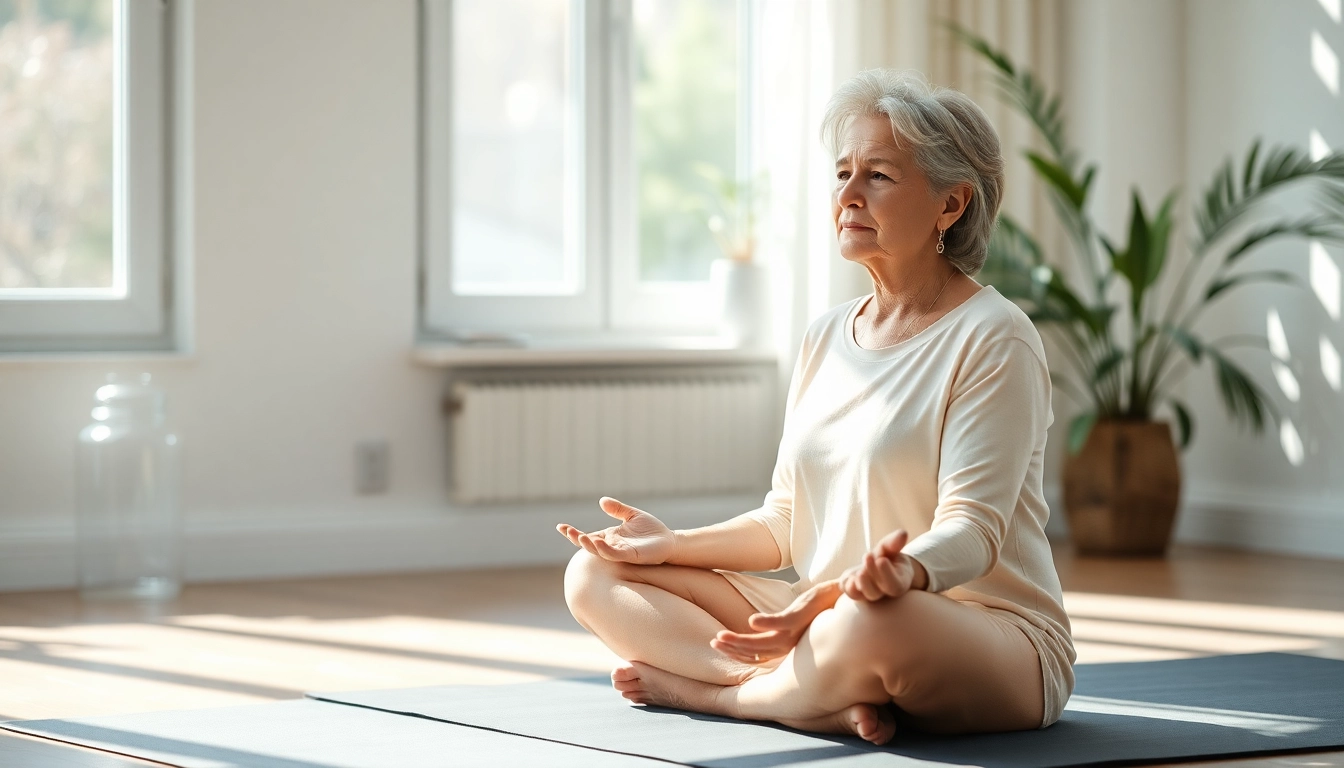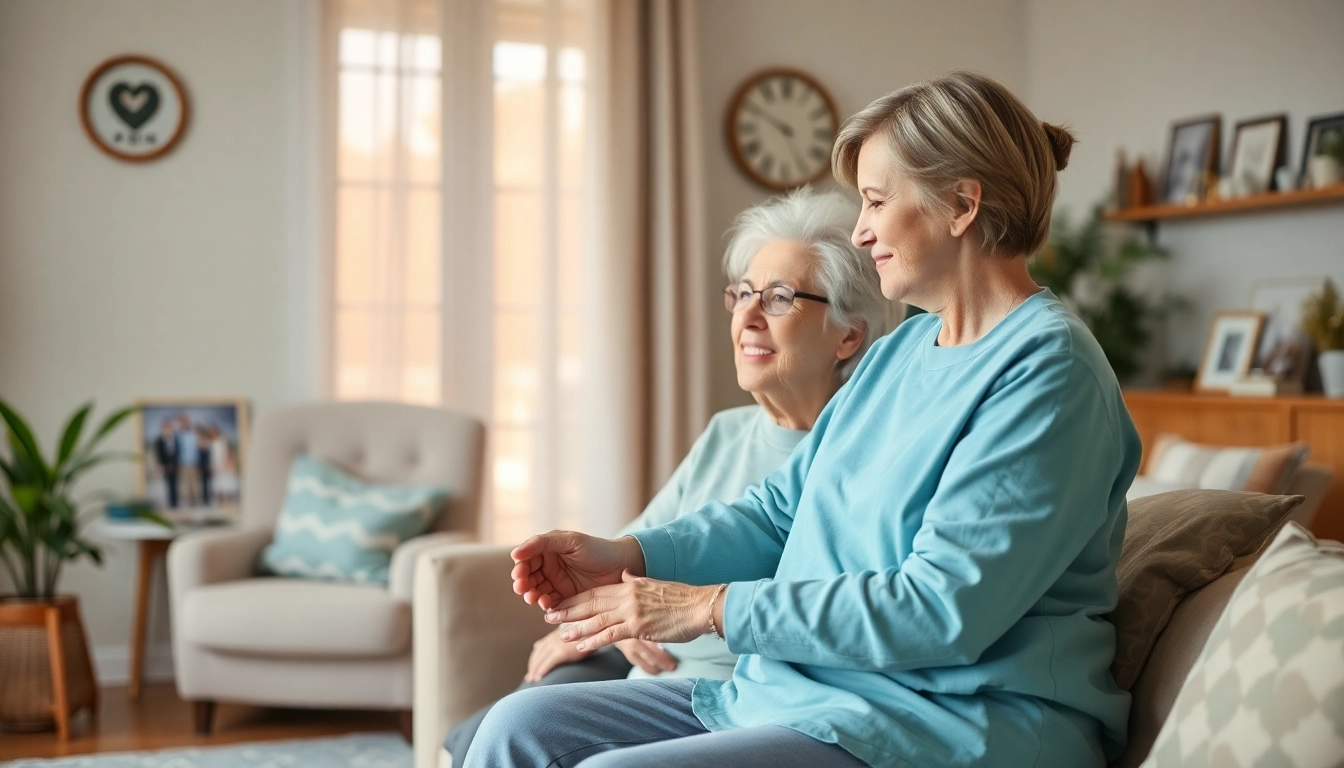Understanding Anxiety: What It Is and How It Affects You
Anxiety is a common emotional response that many individuals experience throughout their lives. It can manifest in various forms, leading to both psychological and physical symptoms that can disrupt daily activities. Recognizing the factors that contribute to anxiety is essential for managing and overcoming it effectively. In this comprehensive exploration, we will delve into the definition of anxiety, its symptoms, and the different types of anxiety disorders to better understand its impact on our lives. Many individuals seeking assistance with dealing with anxiety often find clarity through understanding the disorder itself.
Defining anxiety and its common symptoms
Anxiety is characterized by feelings of worry, fear, and apprehension. It often arises in response to stress, changes, or perceived threats. The symptoms can vary widely among individuals and may include:
- Restlessness or feeling on edge
- Fatigue
- Difficulty concentrating or mind going blank
- Irritability
- Muscle tension
- Sleep disturbances, such as insomnia or sleeping too much
- Physical symptoms like heart palpitations, sweating, or gastrointestinal issues
These symptoms can range in severity and can be exacerbated by the environment and underlying health conditions, influencing both personal and professional aspects of life.
Exploring the psychological and physical impacts
The psychological impact of anxiety is profound. It can lead to feelings of helplessness and hopelessness, often resulting in avoidance behaviors. This can hinder personal relationships and career growth, perpetuating a cycle of anxiety. Physically, anxiety triggers the body’s fight-or-flight response, releasing stress hormones like cortisol and adrenaline. Chronic exposure to these hormones can lead to serious health issues, such as hypertension and weakened immune function.
By understanding these impacts, individuals can better recognize the need for intervention and support when dealing with anxiety.
Recognizing different types of anxiety disorders
Anxiety disorders encompass a range of conditions, including:
- Generalized Anxiety Disorder (GAD): Characterized by excessive worry about various aspects of life, including health, finances, and relationships.
- Panic Disorder: Involves recurrent panic attacks, which are sudden periods of intense fear that trigger severe physical reactions.
- Social Anxiety Disorder: An overwhelming fear of social interactions that can severely impact one’s ability to engage with others.
- Specific Phobias: Intense, irrational fears of specific objects or situations.
- Obsessive-Compulsive Disorder (OCD): Involves unwanted, intrusive thoughts (obsessions) and repetitive behaviors (compulsions) that individuals feel driven to perform.
Understanding the nuances of these disorders is critical for recognizing symptoms and seeking appropriate support and treatment.
Signs You Are Dealing with Anxiety: Self-Assessment
The ability to recognize signs of anxiety within oneself is a vital first step towards coping effectively. This section will explore common indicators of anxiety, triggers associated with it, and how to distinguish between stress and anxiety.
Common indicators of anxiety in daily life
Individuals dealing with anxiety may notice several common indicators affecting their daily lives. These can include:
- Avoidance of certain situations or places due to fear of anxiety-provoking triggers
- Frequent feelings of nervousness, apprehension, or dread
- Difficulty engaging in social interactions or making decisions
- Overthinking and catastrophizing about potential outcomes of events
- Feeling overwhelmed by everyday tasks or responsibilities
Identifying these signs can empower individuals to reach out for help and find suitable coping strategies.
Recognizing triggers and their effects
Understanding personal triggers is crucial in managing anxiety. Triggers can vary widely, including:
- Stressful life events (such as job changes, relocation, or loss of a loved one)
- Social situations that induce fear or discomfort
- Perfectionism or excessive self-expectation
- Health concerns or chronic illness
Recognizing these triggers can assist individuals in developing proactive strategies to mitigate their effects.
Understanding the difference between stress and anxiety
While stress and anxiety share similar symptoms, they are distinct experiences. Stress typically arises from external pressures or demands and usually dissipates once the stressor is removed. Anxiety, however, often persists even without a direct trigger, manifesting as a more generalized state of apprehension and worry.
It is essential to distinguish between these two responses to determine the appropriate course of action and treatment methods.
Effective Relaxation Techniques for Dealing with Anxiety
Implementing effective relaxation techniques can significantly alleviate symptoms of anxiety. This section discusses various techniques that can help individuals manage their anxiety more effectively.
Mindfulness exercises and their benefits
Mindfulness exercises serve as powerful tools for grounding oneself in the present moment. Techniques such as meditation, body scanning, and mindful breathing can enhance self-awareness and reduce racing thoughts. Practicing mindfulness encourages individuals to observe their thoughts non-judgmentally, diminishing the power of negative thinking patterns associated with anxiety.
Common mindfulness techniques include:
- Guided meditation sessions
- Walking meditation, focusing on the rhythm of breathing and the feeling of the ground beneath one’s feet
- Journaling thoughts and feelings to increase emotional clarity
Breathing techniques to calm the mind
Breathing techniques can serve as immediate responses to anxiety. Focused deep breathing helps slow the heart rate and promotes a sense of calm. Techniques such as the 4-7-8 method involve inhaling for four counts, holding the breath for seven counts, and exhaling for eight counts. Research indicates that these techniques can effectively lower anxiety levels by activating the body’s relaxation response.
Incorporating yoga and physical activity
Physical activity is a significant factor in mitigating anxiety symptoms. Regularly engaging in exercise releases endorphins, which serve as natural mood lifters. Yoga, in particular, combines physical movement with breath control and meditation, providing a holistic approach to mental wellness. Styles such as Hatha or Restorative Yoga are especially beneficial for calming the mind and increasing body awareness.
Short, regular practices can include:
- Gentle yoga postures
- Stretching exercises focusing on breath and awareness
- Incorporating mindfulness into physical activity to heighten awareness
Professional Help: When and Why to Seek Support
While self-help strategies are beneficial, there are times when professional support is necessary. This section outlines the types of therapy available, the benefits of specific methods, and the role of medication in treating anxiety.
Understanding therapy options for dealing with anxiety
Several therapy options exist for individuals facing anxiety. These can include:
- Cognitive Behavioral Therapy (CBT): A widely recognized approach that focuses on identifying and changing negative thought patterns and behaviors.
- Exposure Therapy: A method used to gradually expose individuals to anxiety-provoking situations in a controlled environment, thus reducing the fear response over time.
- Mindfulness-Based Cognitive Therapy (MBCT): Combines traditional CBT with mindfulness techniques to help individuals focus on present thoughts and feelings.
Seeking support from trained professionals can provide individuals with tailored strategies and coping mechanisms to navigate their anxiety more effectively.
Benefits of cognitive-behavioral therapy (CBT)
CBT is favored due to its structured approach. It has been researched extensively and found to yield positive outcomes for many individuals. Benefits include:
- Equipping individuals with practical skills for managing anxiety
- Shorter treatment duration compared to other therapies
- Flexibility to be conducted in person or online, catering to individual preferences
Moreover, CBT emphasizes practical tools that individuals can implement outside of therapy sessions to continue managing anxiety effectively.
Medication as a treatment option for anxiety
In some cases, individuals may find that medication supplements their therapy effectively. While not the first approach, medication can help balance brain chemicals that influence mood and anxiety. Common medications include:
- Selective Serotonin Reuptake Inhibitors (SSRIs): Often prescribed as first-line treatments for anxiety.
- Benzodiazepines: Providing short-term relief but not typically recommended for long-term use due to dependency risks.
Before starting any medication, consulting with a healthcare provider is essential to discuss potential benefits and side effects.
Creating a Personal Action Plan for Dealing with Anxiety
Developing a personal action plan can empower individuals facing anxiety. This section details essential components for creating an actionable strategy tailored to one’s needs.
Setting realistic goals and expectations
When addressing anxiety, it is crucial to set specific, measurable, achievable, relevant, and time-bound (SMART) goals. This process increases the likelihood of success and encourages a sense of accomplishment, even in small steps. For instance, a goal may involve practicing a new relaxation technique three times a week or setting aside time daily for mindfulness exercises.
Tracking progress and adapting strategies
Keeping a journal to track symptoms, triggers, and progress can serve as an invaluable resource. Regularly reviewing this journal helps individuals recognize patterns in their anxiety and adjust their coping strategies as needed. Adapting strategies based on what works best enhances overall effectiveness and ensures that individuals do not become stagnant in their approach.
Building a support system and utilizing resources
Establishing a support system is crucial for managing anxiety effectively. This can include friends, family, support groups, or mental health professionals. Engaging with a community provides individuals with opportunities to share experiences, gain insights, and receive encouragement. Additionally, numerous online and offline resources exist, including books, apps, and workshops aimed at providing further education and coping techniques.
In conclusion, while anxiety can be a significant challenge in everyday life, understanding its nature and employing effective techniques can lead to a more empowered and manageable existence. With the right tools and support, individuals can overcome their struggles with anxiety and work towards a more fulfilling life.



